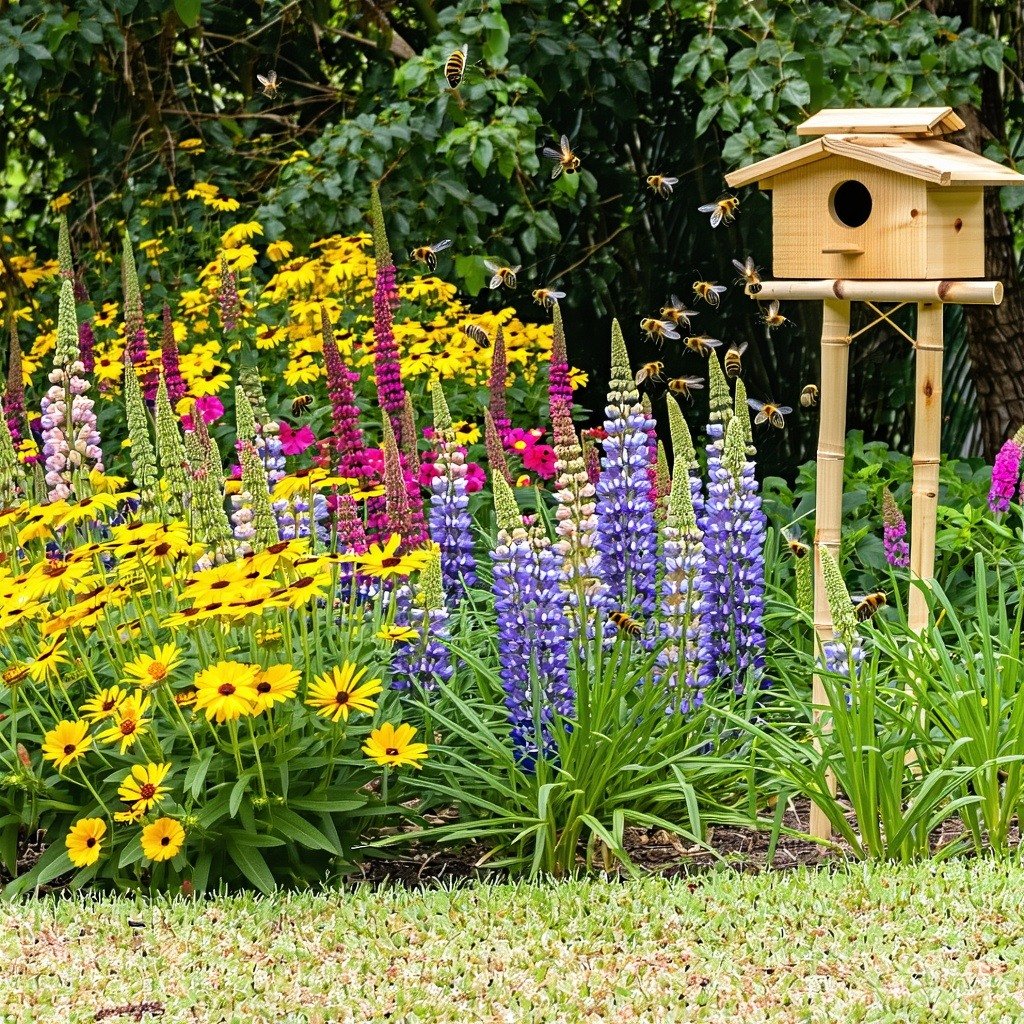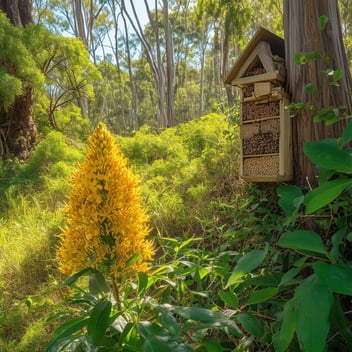The Role of Bees in Hybridisation for SEQ Gardeners
Introduction
Bees play a pivotal role in the reproductive cycles of many plants, acting as primary agents of pollination. For gardeners in South East Queensland (SEQ), understanding the intricate relationship between bees and plant hybridisation is essential. By facilitating the transfer of pollen, bees not only ensure plant reproduction but also contribute to the genetic diversity and resilience of garden flora.
Understanding Hybridisation
Hybridisation refers to the process where pollen from one plant fertilises the ovule of another, leading to offspring that possess traits from both parent plants. This phenomenon can occur naturally or be induced artificially by gardeners aiming to cultivate plants with desirable characteristics such as enhanced vigor, disease resistance, or unique aesthetics.
Bees as Pollinators
Bees are adept pollinators, transferring pollen as they forage for nectar. Their bodies are structured to collect and distribute pollen efficiently, making them indispensable to many ecosystems. In SEQ, both native bees and introduced European honeybees contribute to pollination, each with distinct behaviors and preferences.
Impact of Bees on Plant Hybridisation
Through their pollination activities, bees facilitate genetic exchange between plants, promoting hybridisation. This genetic mixing can result in plants with novel traits, enhancing biodiversity. For example, studies have shown that wild bees can enhance the pollination efficiency of honeybees in hybrid sunflower production, leading to increased seed yield.
Bee Species in SEQ and Their Roles
SEQ is home to a variety of bee species, including native stingless bees like Tetragonula carbonaria and Austroplebeia australis. These bees are particularly effective in pollinating native flora due to their co-evolutionary relationships. European honeybees (Apis mellifera), while generalist pollinators, also play a significant role in pollinating a wide range of plants, including many crops.
Challenges and Considerations
The introduction of European honeybees has led to competition with native bees for resources, potentially impacting native bee populations. Additionally, habitat loss due to urbanisation and the effects of climate change pose significant threats to bee diversity and abundance. These factors can influence pollination dynamics and, consequently, plant hybridisation processes.
Strategies for Gardeners
To support bee populations and promote beneficial hybridisation, SEQ gardeners can adopt several practices:
-
Plant Diversity: Cultivate a variety of native and flowering plants to provide continuous nectar and pollen sources.
-
Avoid Pesticides: Minimise or eliminate the use of pesticides that can harm bees and other pollinators.
-
Provide Habitats: Create habitats such as bee hotels or leave areas of bare soil for ground-nesting bees.
-
Support Native Bees: Prioritise plants that are known to attract and support native bee species.
Conclusion
Bees are integral to the process of plant hybridisation, contributing to the genetic diversity and vitality of gardens in SEQ. By understanding and supporting the roles of both native and introduced bee species, gardeners can enhance pollination services, leading to more resilient and flourishing gardens. Active efforts to create bee-friendly environments will not only benefit plant hybridisation but also bolster the overall health of local ecosystems.




